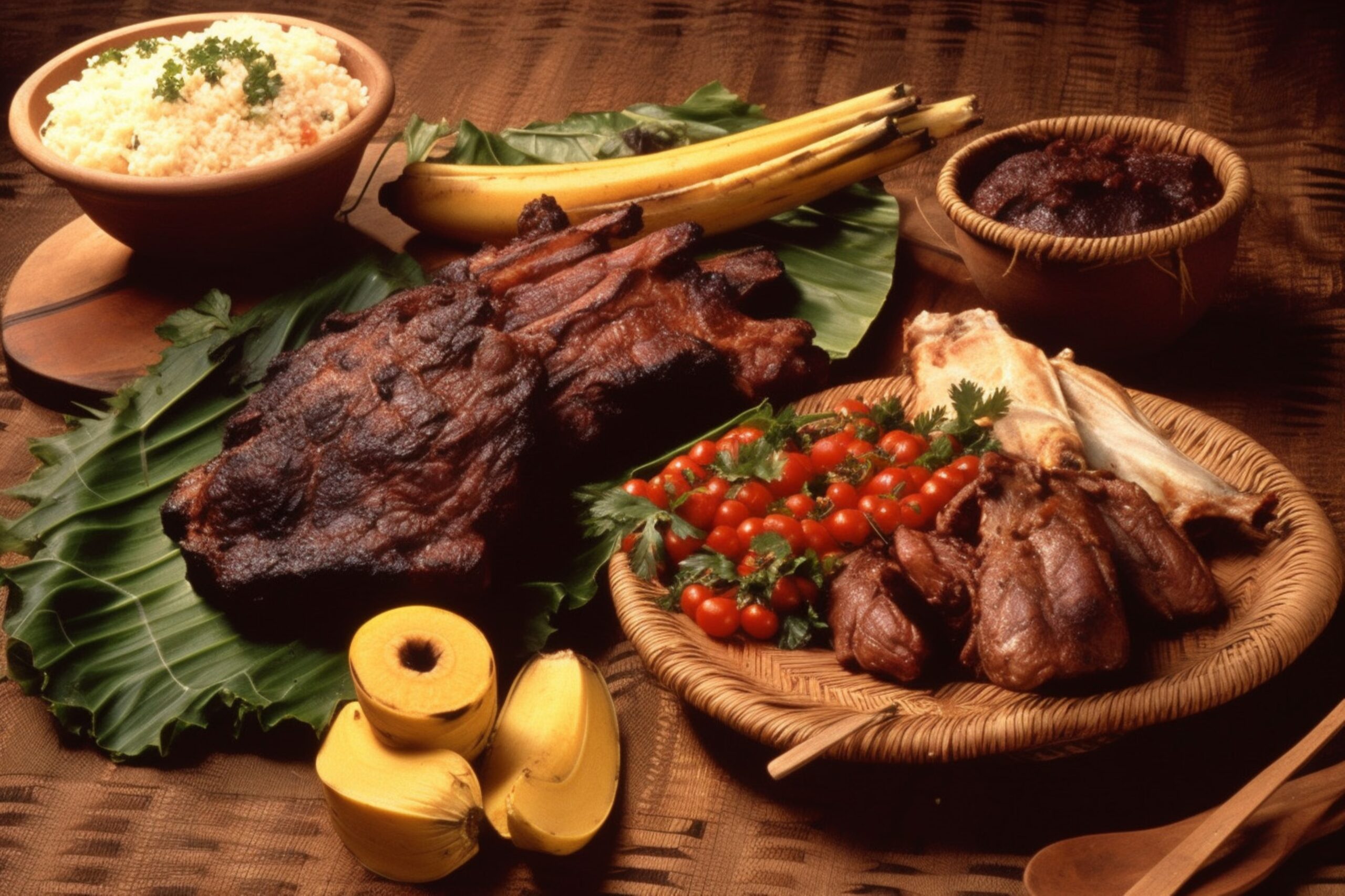
Gabriel Gonzalez
Student Life Editor
Though ESU is nearing the end of it’s Spring 2024 semester, there’s still close to three weeks of school living until many head home for the summer. That means there’s still room to study, socialize and worry about what to eat for breakfast, lunch and dinner. So here is a list of easy recipes for each meal of the day, just with a little twist—it’s all Cuban.
As further detailed on mojitosbistro.com, Cuban cuisine is a blend of three cultural groups: the Spanish, the nearby Caribbean nations and the victims of the African slave trade. From the Spanish came techniques in preservation along with a variety of spices and seasonings. From the Caribbean nations surrounding Cuba, like Puerto Rico and the Dominican Republic, came fresh fruits and vegetables unique to the climate with spices that had a kick. And from the slaves came the use of yuca, beans and yams.
Those with a delicate tongue can feel relieved. The Cuban palate is not as spicy as one would think. It’s savory and sweet and tangy, but not something that would start a fire.
Now with the history out of the way, let’s begin.
Breakfast: Yuca con Salchichón
This is a classic Cuban breakfast, full of carbohydrates and fiber and protein. Yuca (also called cassava or manioc) is a starchy root grown all over the world. And salsichón is a Spanish sausage made of meat that is very finely diced. This recipe combination is fast, easy and delicious especially paired with a bit of melted or fried cheese and some lightly caramelized onions. Here are the steps:
- Set a pot of salted water to boil on medium-high heat, and boil the yuca without the rind for fifteen minutes or until very tender. (A fork should be able to pass through).
- Mash yuca in a bowl with some cheese and olive oil, and season as fit.
- Then set red onions on a medium-high heat pan, removing them before fully browned, just until they’re soft. Add them to the yucca.
- Slice salchichón in thick slices and grill, browning each side before plating.
And it’s as simple as that! The next meal is a little more complicated, but it’s worth the extra elbow grease. (That isn’t an ingredient).
Lunch: Cuban Sandwich
There’s nothing easier than a sandwich and this one is no exception. Here’s how it goes:
- Gather mayonnaise, mustard and a bit of dried cayenne pepper seasoning, then mix. Play with the ratio but keep it on the mustard side. This will be your spread.
- Cuban bread is the best for this, but French bread, similarly long and soft, can suffice. Spread mixture generously on both sides.
- For ease, use sliced ham and fry it, but keep it tender.
- Layer Swiss cheese, ham and pickles. Best ratio is cheese at the bottom and top, meat in the middle and pickles in between the two.
- Toasting is optional, but terrific.
There really isn’t a substitute for pork in a Cuban sandwich. But for those who absolutely cannot have it, another easy lunch item is ropa vieja, made of beef. A simple recipe can be found on skinnytaste.com.
Dinner: Picadillo (Pi-kuh-di-low)
This is a beef dish, not a pork one. Due to the nature of its preparation, a student can expect the leftovers to last for days. Here’s how:
- Brown ground beef in large pan and ensure large pieces are broken, then season with salt and pepper during the process.
- Chop some onion, some pepper, tomato and a bit of cilantro while the meat is browning. Then add to meat.
- Turn the heat to low with the beef, then add olives with a bit of olive brine for taste. (Some add raisins, too). Also include cumin and bay leaf.
- Add watered down tomato sauce and leave cover on to simmer with meat for fifteen to twenty-five minutes.
White rice and black beans pair well with this dish and both are simple things to prepare.
Not so hard, right? With that, breakfast, lunch and dinner are served.

